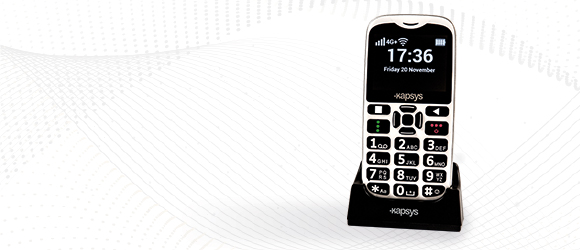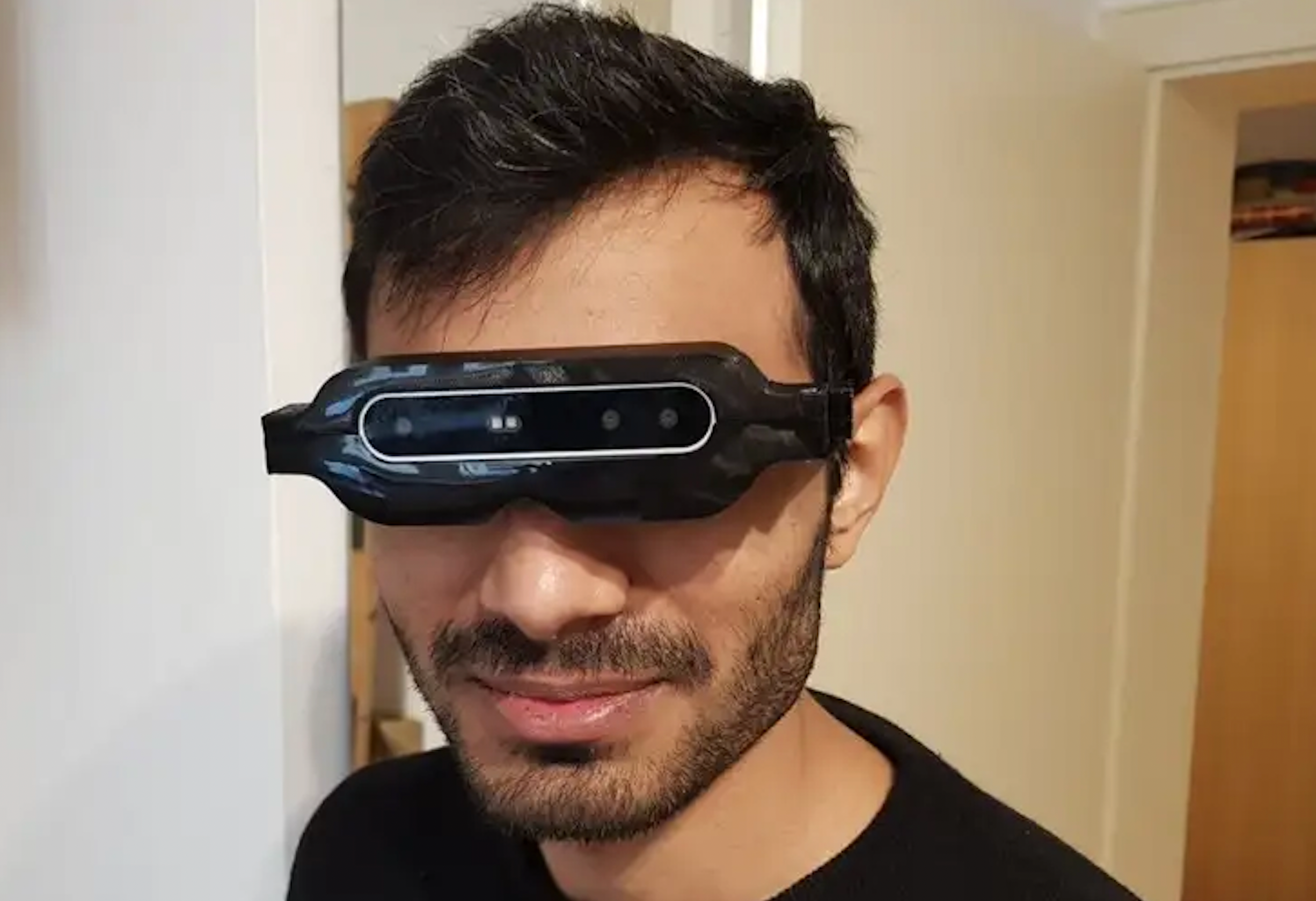Braille Displays and Notetakers: Key Tools for Learning and Work
Enhancing Lives With Advanced Assistive Gadgets for the Blind
The combination of innovative assistive devices for the blind is changing exactly how people experience their environments and connect with their neighborhoods. Technologies such as augmented fact clever glasses and advanced digital traveling help not just assist in navigating yet additionally improve general top quality of life. These innovations foster a feeling of freedom and self-efficacy amongst individuals, enabling them to carry out everyday tasks with newly found self-confidence. The implications of these advancements extend past plain capability; they test societal assumptions of special needs and freedom. What does this evolution imply for the future of assistive technology and its role in empowering people?
Introduction of Assistive Gadgets
Assistive gadgets for the blind incorporate a varied series of innovations and devices designed to enhance freedom and improve the lifestyle for individuals with visual disabilities. These devices cater to numerous requirements, from navigating and movement to communication and daily task administration.
Among the key classifications of assistive gadgets includes wheelchair help, such as white walking canes and guide pets, which aid individuals navigate their surroundings securely. Digital travel help, geared up with sensing units and audio comments, also play a considerable role in wheelchair improvement.
Additionally, gadgets that aid with daily living activities, such as adaptive kitchen area devices, Braille tags, and talking watches, equip individuals to carry out jobs independently. Interaction help, including screen viewers and Braille displays, assist in access to info and make it possible for people to engage successfully with the digital world.
Furthermore, low-tech services like amplifying glasses and large-print materials remain essential for numerous users. Jointly, these assistive tools offer not just as functional devices however also as crucial enablers of autonomy, promoting better engagement in a world that frequently focuses on sighted experiences. Their combination right into every day life is vital for promoting inclusivity and enhancing general well-being for those with aesthetic problems.
Cutting-edge Technologies in operation
Technology in innovation has actually significantly transformed the landscape of devices offered for individuals with aesthetic problems. Among the most noteworthy developments are clever glasses incorporated with increased fact, which supply real-time navigation help and item recognition. These gadgets take advantage of advanced cameras and expert system to deliver acoustic cues, enhancing the customer's spatial recognition and freedom.
Additionally, mobile applications have become effective resources, making it possible for customers to determine currency, reviewed message aloud, and navigate strange atmospheres through spoken directions. Devices such as Braille displays and refreshable Braille tools remain to advance, providing smooth connection with computer systems and smart devices, consequently improving communication and accessibility to information.
Wearable modern technology, including smartwatches outfitted with voice-activated features, better empowers customers by facilitating fast accessibility to alerts and informs without requiring aesthetic involvement. Tactile maps and 3D printing are additionally gaining traction, supplying concrete depictions of areas that help in positioning and mobility training.
Jointly, these cutting-edge innovations not only boost the everyday lives of aesthetically impaired individuals however likewise foster greater freedom, inclusivity, and interaction with the wider community, consequently reshaping perceptions of accessibility. (Wearable technology for low vision)
Individual Stories of Empowerment
Empowerment usually emerges from individual experiences that highlight the transformative effect of technology on people with visual disabilities. Take, for circumstances, the story of Sarah, a young musician who restored her enthusiasm for painting via the usage of a smart walking cane geared up with barrier discovery. This device not only facilitated her mobility however instilled a newfound confidence, geometric eyeglasses allowing her to browse public rooms separately and pursue her creative endeavors.

These narratives emphasize the extensive impacts that progressed assistive tools can have on day-to-day live. By making it possible for people to get rid of obstacles, technology fosters a feeling of freedom and self-worth. Such empowerment stories function as a testimony to the capacity of innovation, showing just how the right tools can considerably boost lifestyle and open doors to brand-new possibilities for those with visual problems.
Benefits of Advanced Solutions
The assimilation of sophisticated modern technology into assistive tools dramatically transforms daily experiences for those influenced by vision loss. AI-powered visual aids. Instruments such as wise walking canes equipped with sensors, navigation apps, and wearable innovation are developed to supply real-time feedback, enhancing spatial awareness and reducing the dangers linked with flexibility.
Additionally, progressed assistive modern technologies cultivate social incorporation by helping with communication and communication. Voice-activated tools and apps allow individuals to access information and involve with their environments independently, breaking barriers that formerly prevented their engagement in educational, professional, and social settings.
Furthermore, the modification and flexibility of these services accommodate the diverse needs of users, thereby boosting their total lifestyle. Boosted performance, such as object recognition and text-to-speech capacities, encourages individuals with aesthetic problems to execute jobs that they may have when found challenging. Ultimately, progressed assistive innovations not just enhance freedom and safety however likewise advertise self-respect and self-regard, More about the author allowing users to lead fulfilling lives.
Future Trends in Assistive Tech
As modern technology remains to evolve, the landscape of assistive devices for the blind is poised for exceptional innovations that will certainly better enhance availability and self-reliance. Emerging trends in assistive technology suggest a shift towards increased integration of fabricated intelligence (AI) and artificial intelligence, allowing gadgets to adapt to specific customer requires in real-time. These developments are expected to assist in more user-friendly navigation systems that can identify challenges and provide audio comments, significantly enhancing exterior movement.
Additionally, the advancement of wearable technology, such as clever glasses outfitted with enhanced truth, will certainly permit users to get contextual details about their environments, thus enhancing their spatial understanding. Advancements in haptic modern technology pledge to develop responsive comments tools, allowing customers to regard information via touch, improving learning and communication with their environment.
Telecommunication breakthroughs are also leading the way for remote aid solutions, where skilled experts can give advice via video phone calls, making sure support is easily easily accessible. As these trends unfold, the future of assistive gadgets for the blind will undoubtedly foster higher freedom, equipping individuals to browse their globe with self-confidence and simplicity.

Conclusion
The combination of advanced assistive gadgets for the blind stands for a substantial improvement in eye frames for women promoting freedom and enhancing lifestyle. By utilizing cutting-edge modern technologies, these gadgets equip users to navigate their settings with better confidence and freedom. As the field remains to advance, continuous research and development will likely yield a lot more advanced services, even more changing the lived experiences of individuals with aesthetic problems and promoting a higher sense of incorporation within culture.
The assimilation of advanced assistive devices for the blind is changing just how people experience their environments and interact with their communities. The assimilation of sophisticated innovation right into assistive gadgets dramatically changes day-to-day experiences for those impacted by vision loss.As modern technology proceeds to progress, the landscape of assistive gadgets for the blind is positioned for exceptional developments that will certainly additionally improve ease of access and freedom. Emerging patterns in assistive modern technology indicate a shift toward boosted integration of fabricated intelligence (AI) and device understanding, allowing gadgets to adjust to individual customer needs in real-time.The combination of sophisticated assistive gadgets for the blind represents a considerable innovation in fostering independence and enhancing quality of life.